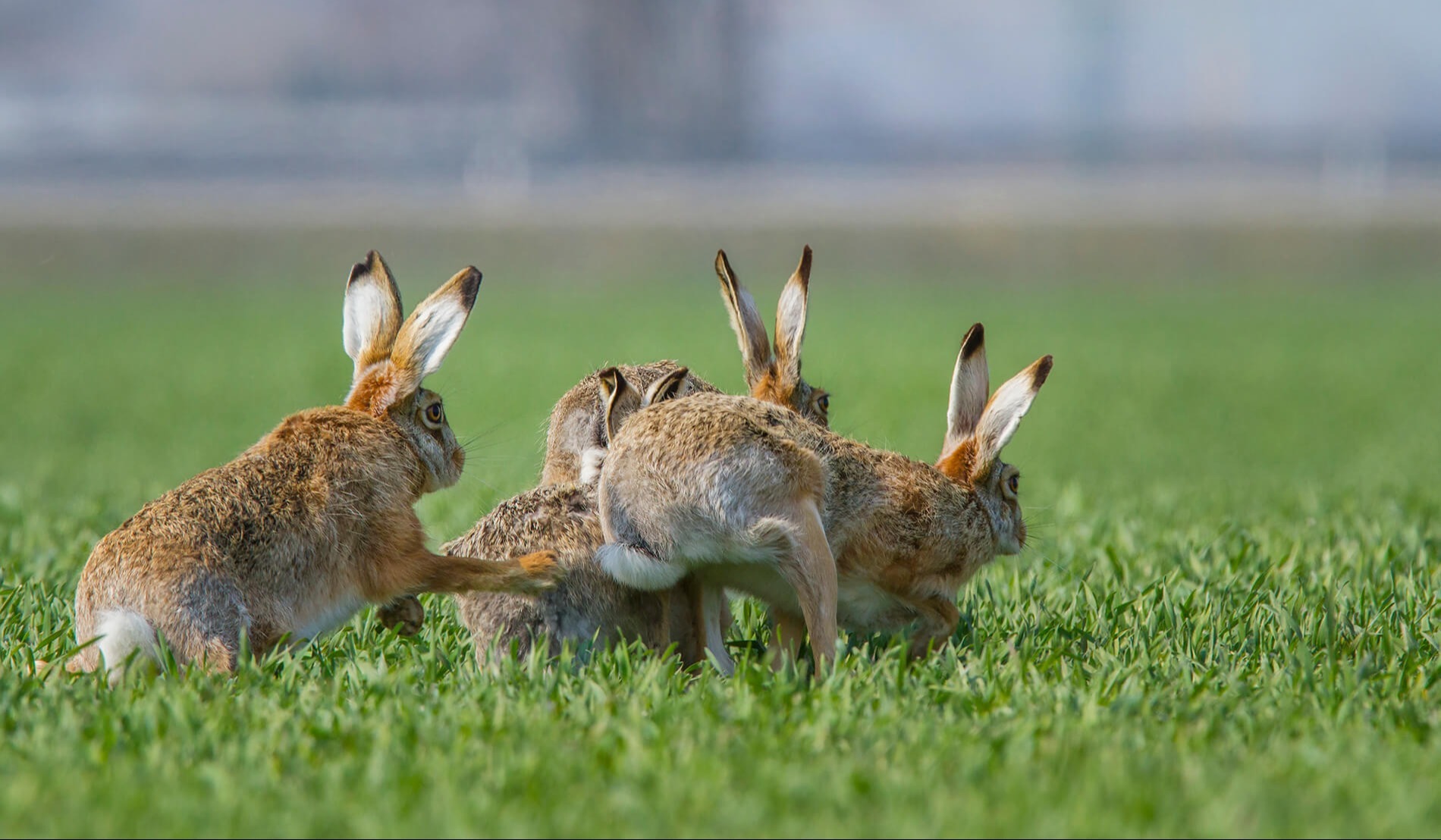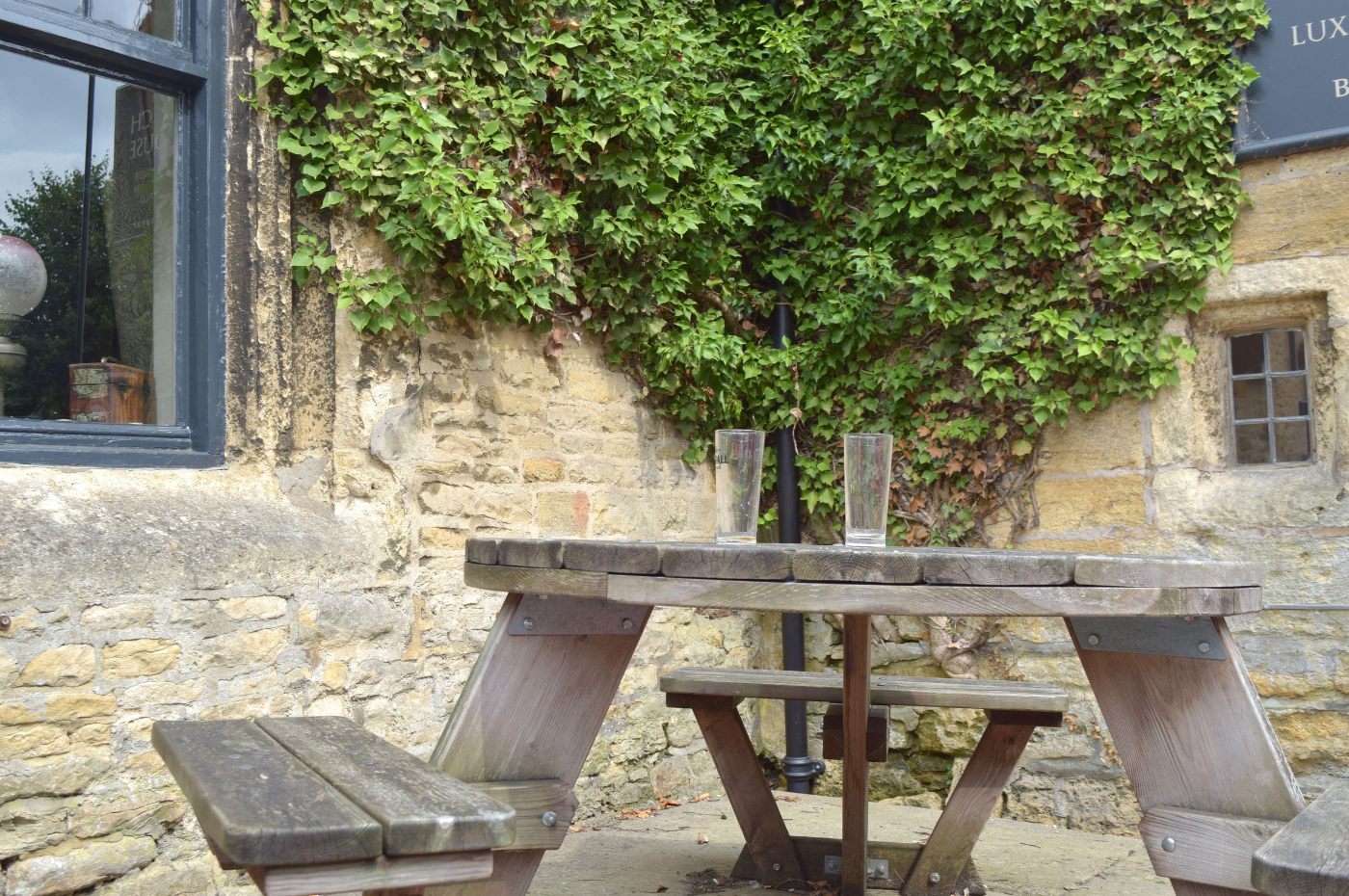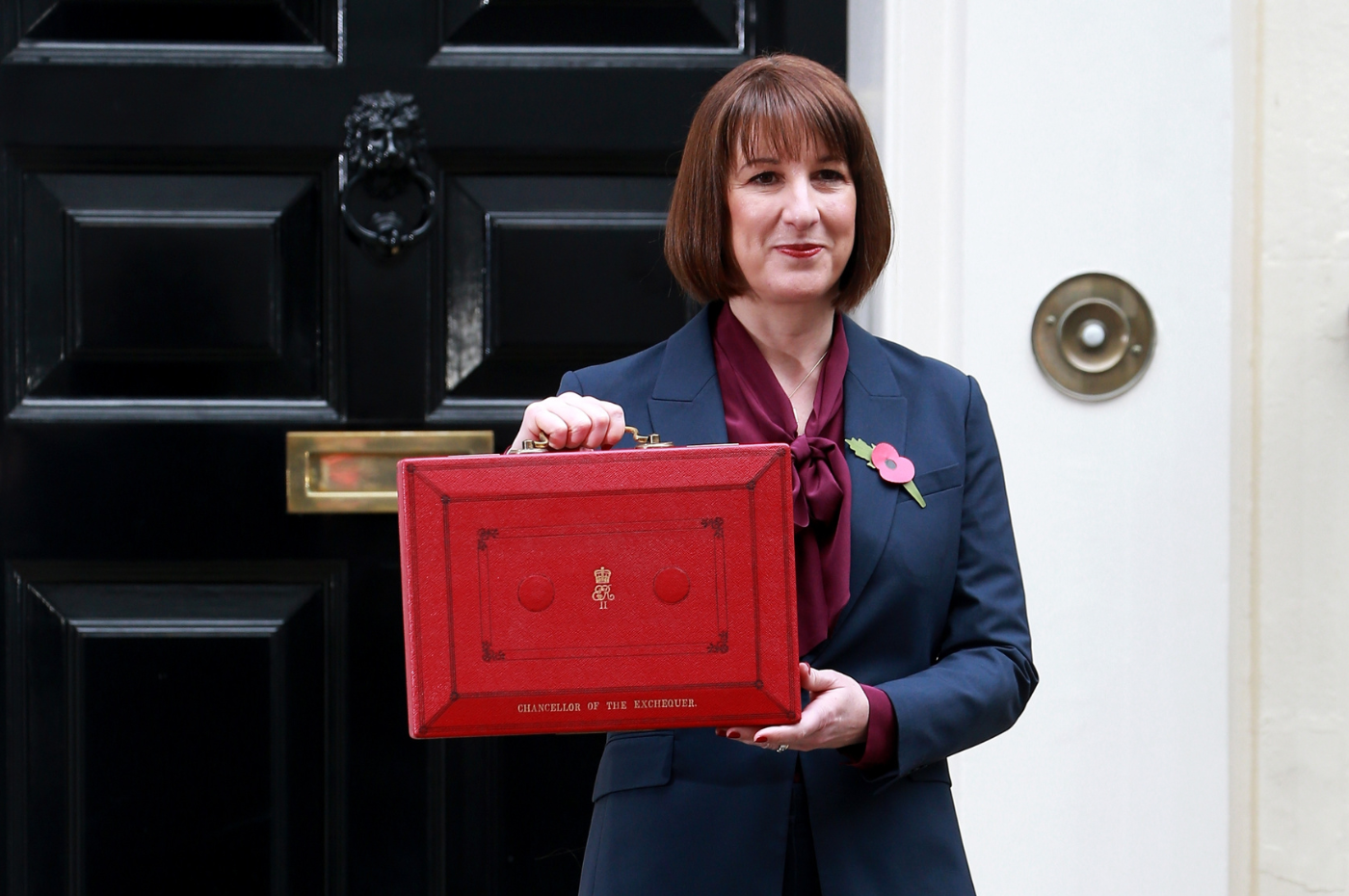Calling time on the country pub?
Since the Budget, countryside pubs and businesses saw rate bills soar - and...
View Details
In his famous essay, On Liberty, John Stuart Mill wrote that: "The only purpose for which power can be rightfully exercised over any member of a civilized community, against his will, is to prevent harm to others." There is no logical objection to extending Mill’s ‘harm principle’ to sentient animals, but that cannot justify legislating in the absence of harm.
Unfortunately, however, there is a longstanding trend amongst those who claim to be promoting animal welfare of proposing legislation that does not address any harm at all. Two current campaigns illustrate this trend perfectly. The first is the call for a close season for the brown hare. This issue has been rattling around in parliament for years and has recently been given oxygen by a book written by a political advisor about raising a leveret during lockdown. We all adore a hare and the book is wonderful, reminiscent in some ways of TH White’s famous book The Goshawk, but that does not in any way justify legislation which would not address any harm to the hare.
Despite some disingenuous suggestions to the contrary the brown hare is a modern conservation success. Data suggests that a reduction in the hare population through the middle of the 20th Century was first stabilised and has subsequently been reversed in recent decades. The British Trust for Ornithology’s annual survey shows an increase of a third since 1995. Meanwhile, there is absolutely no evidence that any significant number of hares are culled outside the period when they can currently be sold to game dealers from 1st September to 1st March. Leverets are born in all months of the year although most arrive from March onwards. Mortality amongst those born earlier in the year is unsurprisingly very high. There is not a jot of evidence that legislating for a close season would increase the hare population or improve hare welfare. Sadly, it would simply be an exercise in virtue signalling which would use up parliamentary time that could be used for many more practical purposes.
Meanwhile, the anti-shooting group Wild Justice, which has a long track record in this area, is calling for a reduction in the season for shooting woodcock and seems to have generated some interest in government. The principle of this is not particularly controversial, but again there is a total absence of any evidence of the harm it would address. The argument is that the small British breeding population of woodcock might be in decline and that any harvest should be focussed on the very large numbers of migrant woodcock that arrive from the East from November onwards.
There are roughly 1.5 million of these birds, compared to around 50,000 resident pairs, and their numbers are holding up well. It is legal to shoot woodcock from 1 September in Scotland and 1 October in the rest of the UK and the suggestion is that if birds are shot in September and October they are likely to be from the UK breeding population. That is perfectly logical, but ignores the fact that very few, if any, woodcock are shot in this period. We can change the season, and that may give some people a warm feeling, but it will not address any harm, because there is no harm to address.
Given the multiple challenges facing wildlife and the countryside it should be incumbent on all of us to focus our efforts on legislation that does address harm and practical proposals which would benefit nature. Far too many campaigns relating to wildlife are about human egos rather than the welfare of animals.

Since the Budget, countryside pubs and businesses saw rate bills soar - and...
View Details.png)
“The Farm Profitability Review shows that the problem is no longer...
View Details
Yesterday (26 November) the Chancellor of the Exchequer rose to deliver a...
View Details